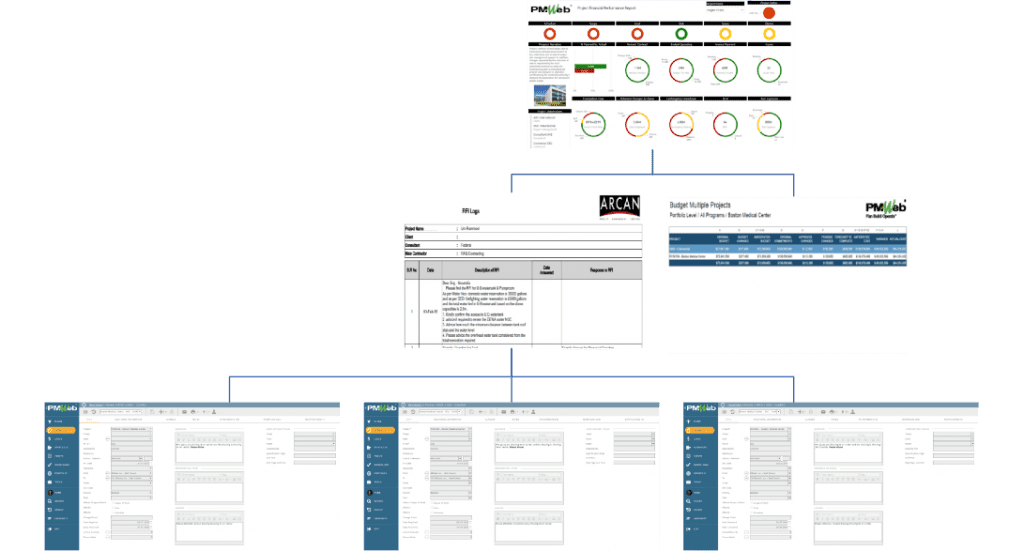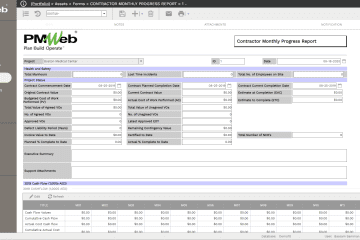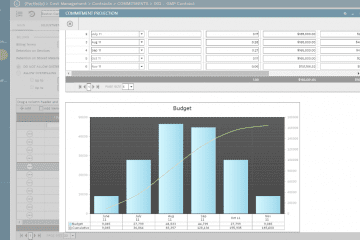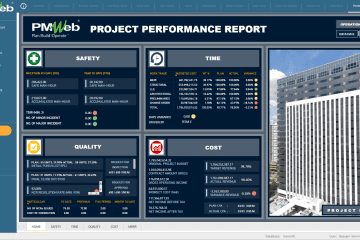One has to admit that MS Excel is a great tool when it comes to sharing and presenting information. Nevertheless, also no one can deny the fact that MS Excel does not replace other applications that are designed to fulfill the specific requirements of specific business needs. For example, although MS Excel can be used to present the project schedule, we also know that it cannot replace the use of dedicated scheduling applications like Primavera P6, MS Project, among others. The same applies to many other business management requirements for accounting, human resources, including the managing of capital construction projects.
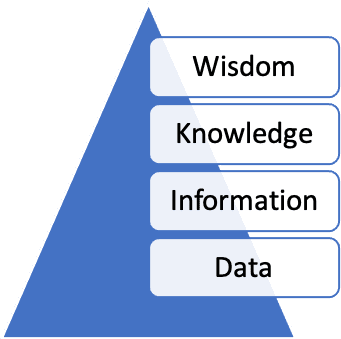
Those applications and unlike MS Excel, are specifically designed to the author and capture the data, which is the base foundation of the knowledge pyramid in a transparent and accountable format. Those applications will then use the captured data to report, monitor, and analyze their business performance. This is a must requirement for executive stakeholders who are keen on avoiding the nightmare of not knowing that they do not know how their business is performing, including the business of managing capital construction projects.
Similar to other dedicated business applications, a project management information system (PMIS) for capital construction projects need to be used to author and capture all types of data required for managing such projects. PMWeb is one of those PMIS applications that comes ready to author and capture data that relates to project scope, schedule, cost, quality, health and safety, human resources, communications, risks, procurement, contracts, claims, funding, sustainability, among others. The data from the many processes required to manage those requirements can be captured across the complete projects’ portfolio that an entity could have regardless of their status, type, size, or location.For each process to be managed in PMWeb, there will be an input form to the author and capture the required data similar to other dedicated business applications. For example, when adding an activity in Primavera P6, there is a predefined input form for capturing the activity ID, title, duration, predecessors and successors, resources requirements, cost data, among many others. Similarly, in PMWeb, there are many ready to use input forms to manage the delivery of a capital construction project. Those include, for example, safety incidents, RFI, daily reports, meeting minutes, submittals, transmittals, punch lists, cost estimates, budget, budget adjustments, commitments, potential change orders, change orders, progress invoices, payments, funding authorization, timesheets, risk register, vendor prequalification among many others.
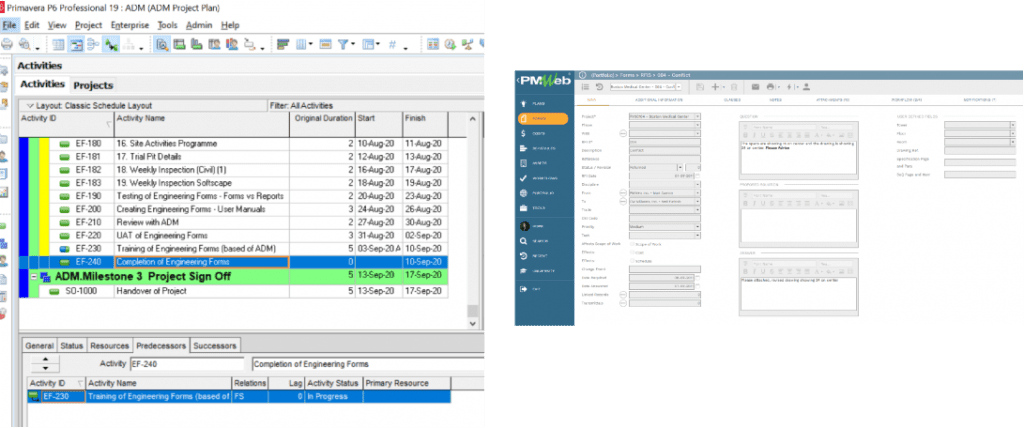
Knowing that there are many other processes needed to manage capital construction projects that a PMIS application like PMWeb might not have, PMWeb custom form builder will be used to create those input forms. Those forms could include, for example, non-compliance reports, work inspection requests, safety violations, health and safety checklists, static and rotating equipment testing and commissioning, confirmation of verbal instructions, site work instructions, permits to work, security passes, value engineering proposals, among many others.
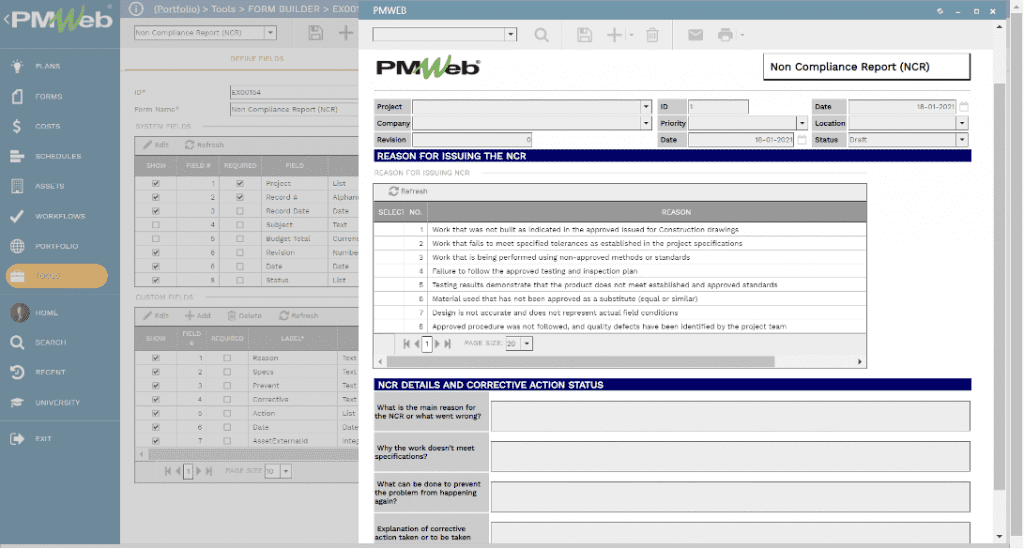
Like other dedicated business applications, a PMIS like PMWeb should allow attaching all supportive documents for each transaction and link other project management records and imported emails to the input form. To better organize and secure those supportive documents, PMWeb comes ready with a document management system that allows creating the file folders and subfolders to upload and store those documents. Those documents can then become available to be attached to their relevant input form.
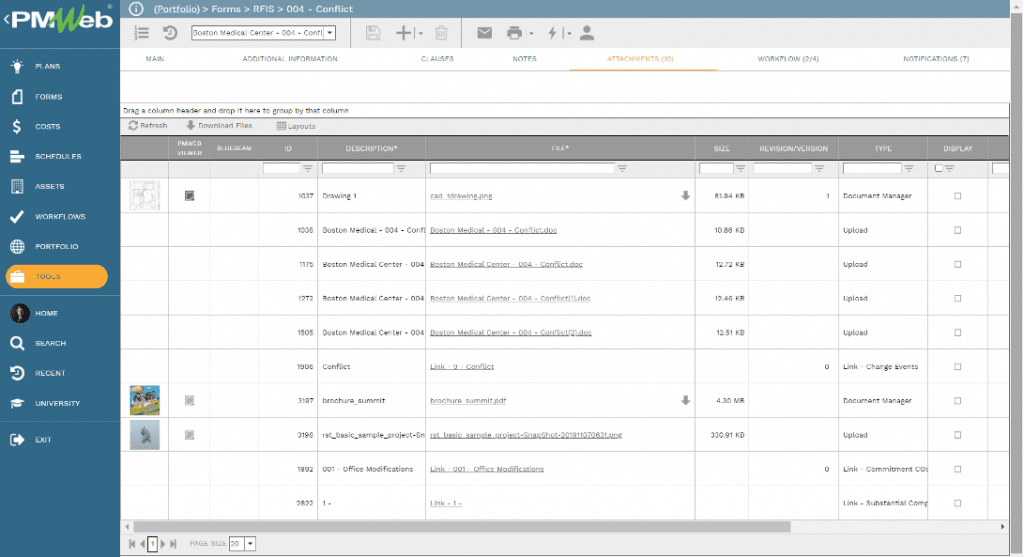
Unlike Primavera P6 or other scheduling applications where the project planner will provide data, project management processes involve data input from different individuals that could be located at different locations. Therefore, a PMIS like PMWeb should have the option of assigning a workflow to submit, review and approve each process. What makes workflows more challenging on capital construction projects is that the individuals assigned to perform a process, and thus provide the needed data for an input form, could be representing different entities with different contractual obligations and entitlements. For example, a Request for Information (RFI) will usually be submitted by the contractor and reviewed and responded to by the consultant. Nevertheless, for RFIs that could include works that are out of the project’s original scope of work or might have time or cost implications, those need to be approved by the project owner and the consultant. Accordingly, workflows in a PMIS should have the provision to allow incorporating approval authority levels and conditions which could differ from one project to another.
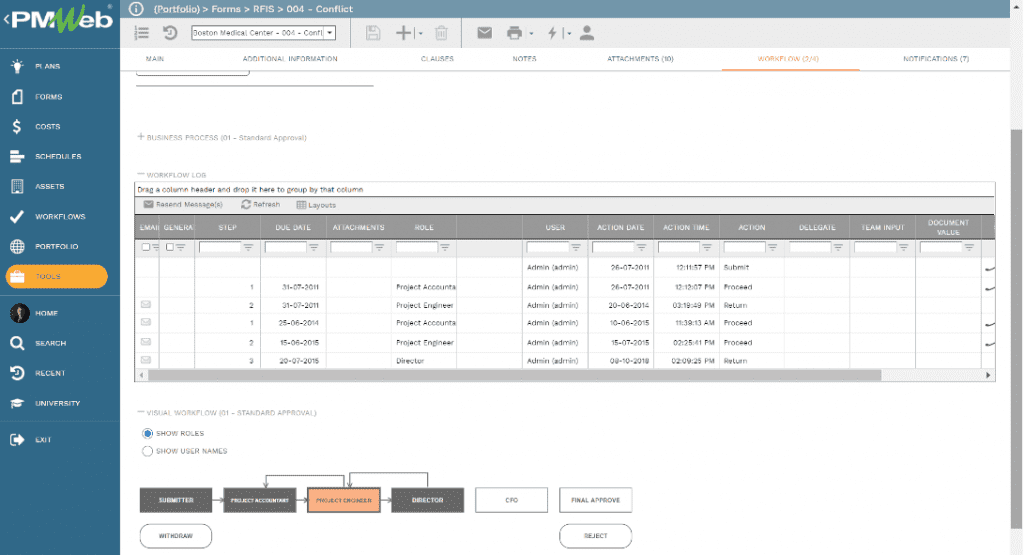
The information extracted from the captured data should be shared and presented without manipulating whether this manipulation was intended or by accident. In other words, using MS Excel to prepare and present the reports from the captured data should never be permitted as data could be subject to manipulation or any other type of adjustment. Like all other business applications, a PMIS like PMWeb should have its business intelligence and data visualization functionality to display the project management processes’ information in the desired form and format. PMIS reporting tools like the SQL Reporting Services (SSRS) reporting tool that comes with PMWeb allow modeling and presenting the captured data using queries and formulas embedded in their relevant information reports. Reports can be tabular as well as graphical or a combination of both. The reported information can be specific to a single project, program of projects, or a portfolio of projects.
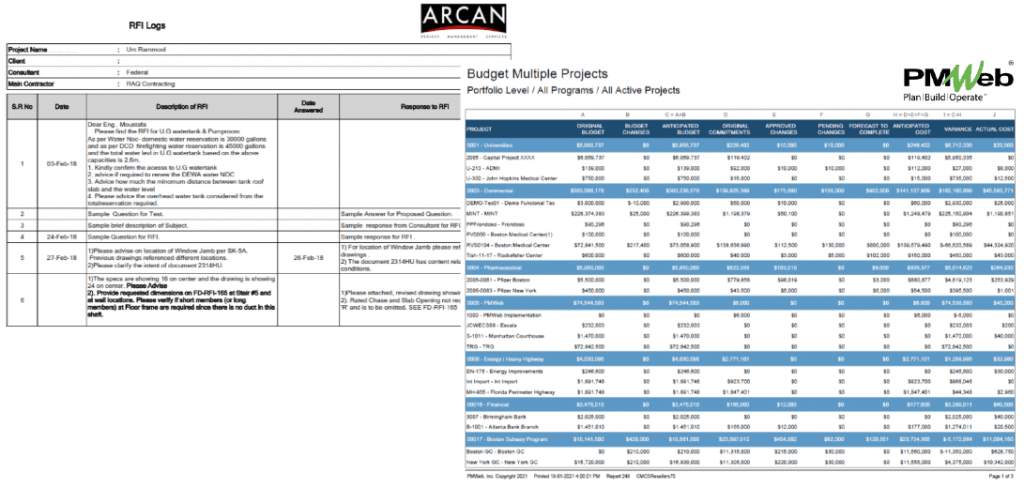
The information presented in the tabular and graphical reports in a PMIS or any other business application tool can be grouped and combined in what is known as dashboards to display the key performance indicators (KPI) of the different processes. In addition, new key performance indicators (KPI) can be created combining information from different processes. Those KPIs can be specific to processes of a certain business application tool like the PMIS or combine KPIs from different applications like scheduling, financial, and property management. Similar to information reports, those dashboards should be created using the information generated from each application. MS Excel should not generate the dashboards’ KPIs, combining information from different applications or manipulating the information. Whether those dashboards are created using the business application’s business intelligence and data visualization tool or third party dedicated business intelligence and data visualization tools like MS Power BI, dashboards should always access this information directly from the relevant application.
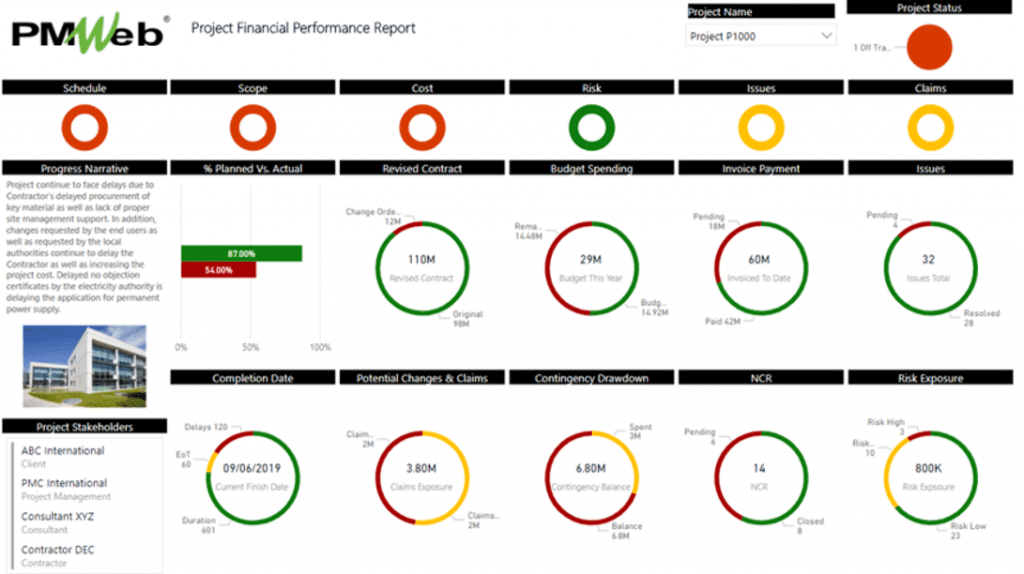
Those dashboards will provide executive stakeholders with a single real-time version of the true knowledge of their projects’ performance based on trust-worthy traceable data sources. Those stakeholders know that if needed, they can drill down for information to know more about the reported performance all the way until they reach the process transaction that leads to the reported information. Unlike those who use MS Excel for reporting their projects’ performance, stakeholders who use a Project Management Information System (PMIS) like PMWeb will not face the risk of being blocked from knowing the what, why, when, and who for authored and captured data and reported information.
